A British Company Names a Wormlike Amphibian After President Trump
In an auction, EnviroBuild paid $31,250 for the species’ naming rights. (Not everyone is happy about that.)
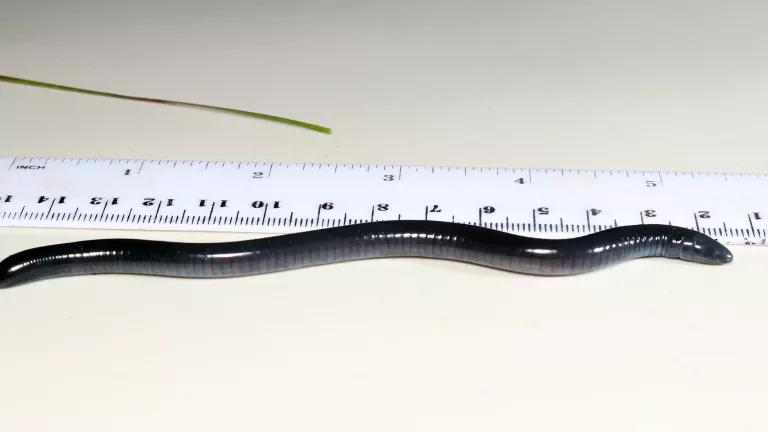
The newly named Dermophis Donaldtrumpi
How much would you pay for the chance to name a new species? Would you name it after yourself or a loved one? Honor a celebrity or musician? Or would you, perhaps, opt to make a political statement that would last forever?
In December, the Rainforest Trust, a conservation nonprofit, auctioned off the naming rights for 12 species found in Ecuador, Panama, and Colombia. The newly discovered menagerie included a whiskery mouse, several gorgeous frogs, a number of delicate orchids, an adorable salamander, and a trap-jaw ant that can snap its mandibles closed so fast that the force flings the ant into the air and out of harm’s way. All impressive, but the species to nab the highest price tag of the day was not a fuzzy mammal or a fluorescent frog, but a caecilian.
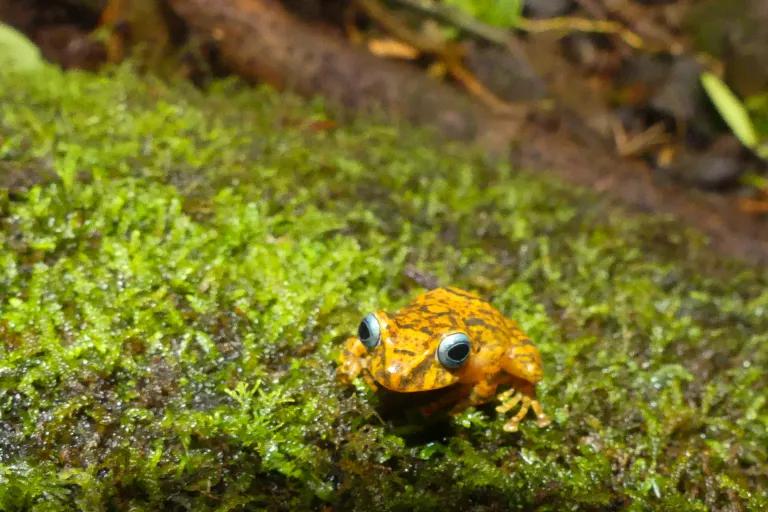
For those who don’t know, caecilians are wormlike amphibians that spend most of their lives with their heads buried in dirt—which to many is a fitting trait for a species now named Dermophis donaldtrumpi. That, my friends, is what you call a taxonomy burn, and a British company called EnviroBuild paid $31,250 to make it happen.
A caecilian’s vision is also rudimentary, allowing it to perceive only light and dark, or black and white, a fact that EnviroBuild cofounder Aidan Bell says reminded him of President Donald Trump’s unnuanced views on climate change.
Thirty grand might sound like a lot of cash to make a point, but when you consider that the Linnaean classification system for naming species lasts forever, the investment starts to look like a bargain. That permanence, however, is also what irks some scientists over the matter of name auctions.
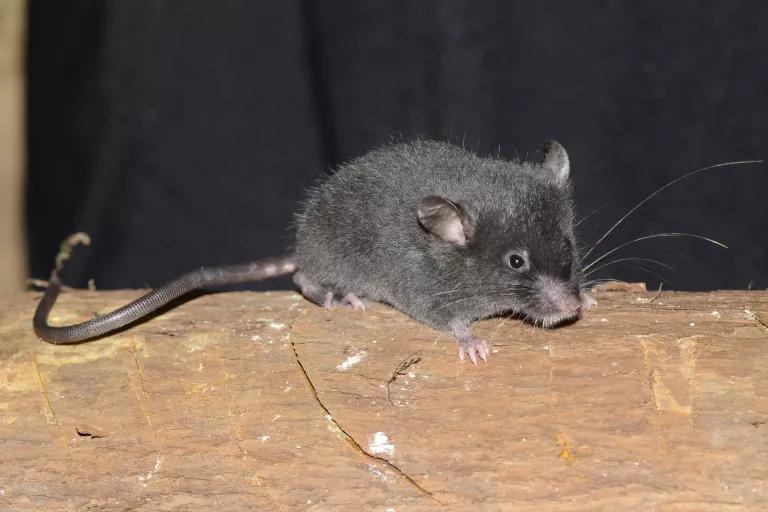
“My personal position is that the name that we give a species is so intrinsically linked to the identity of that species that I think that we should respect that organism and give it a name that reflects why it’s unique and special,” says David Steen, a wildlife ecologist who recently gave the moniker Siren reticulata to a new species of siren (which is another lesser-known amphibian). While “reticulata” refers to the animal’s spotted color pattern, “donaldtrumpi” does nothing to describe the traits of a species.
“In my mind,” says Steen, “the worst-case scenario is that the animal’s whole identity is a punchline or an advertisement instead of a reflection of the millions of years of evolution that led to this unique species that we are lucky enough to share this brief period of time with.”
Dermophis donaldtrumpi is far from the first species to be audaciously named by the highest bidder. In an even more controversial auction in 2005, an online casino paid $650,000 to name a newly discovered monkey in Bolivia. This is how the GoldenPalace.com monkey got its common name. (Its scientific name, Plecturocebus aureipalatii, is Latin for “of the Golden Palace.”)
While some see auctions as distasteful, the events do generate a lot of money for conservation. The Rainforest Trust brought home $182,500 after just one day of swinging the gavel. According to Alex Antram, the organization’s conservation outreach manager, all of those funds are going straight toward buying up and protecting parcels of land where the species were found. To the conservationists, the end justifies the means.
And remember, the species themselves care not about what we call them. Just ask the horsefly named after Beyonce, the lemur named after John Cleese, or the bunny rabbit named after Hugh Hefner. There are flies named Pieza pi and Pieza rhea. There are beetles named Agra vation and Agra cadabra, as well as Gelae baen, Gelae rol, and Gelae donut. And let’s not forget Malaysia’s Spongiforma squarepantsii, a porous, spongy-looking fungus.
Heck, Trump already has two other species named after him—a moth called Neopalpa donaldtrumpi that has a distinctive crown of yellowish scales, and a venomous caterpillar that looks like a toupee. People have started calling it the Trumpapillar.
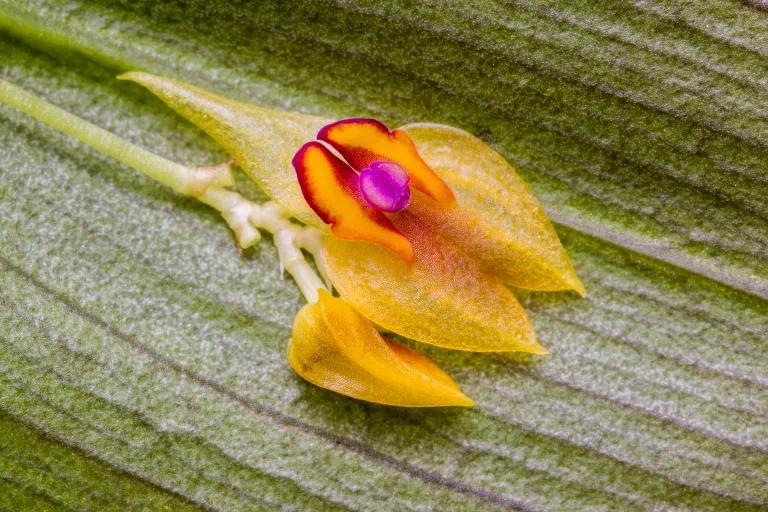
“I personally think the greatest benefit is that people have an opportunity to make history, in both naming a species and having their donation go toward preserving that species’ habitat in perpetuity, the chance to save their namesake from extinction,” says Antram.
December’s auction was not the first time EnviroBuild has given money to Rainforest Trust. The company, which specializes in sustainable building materials, donates 10 percent of its profits to the organization each year as a way to offset some of the damage that comes with any sort of development.
“The aim of it is to allow creatures like [the new caecilian] to carry on existing,” Bell says.
But naming auctions may have other, less obvious consequences, says Rebecca Helm, a biologist at the University of North Carolina Asheville who is currently researching several new species of jellyfish. “Species are not easy things to discover and describe,” she says. She worries that some scientists might be inclined to search for and study creatures that are more likely to fetch a high bidding price. “Which will raise more money, an intestinal parasite or a beautiful bird?” Helm asks.
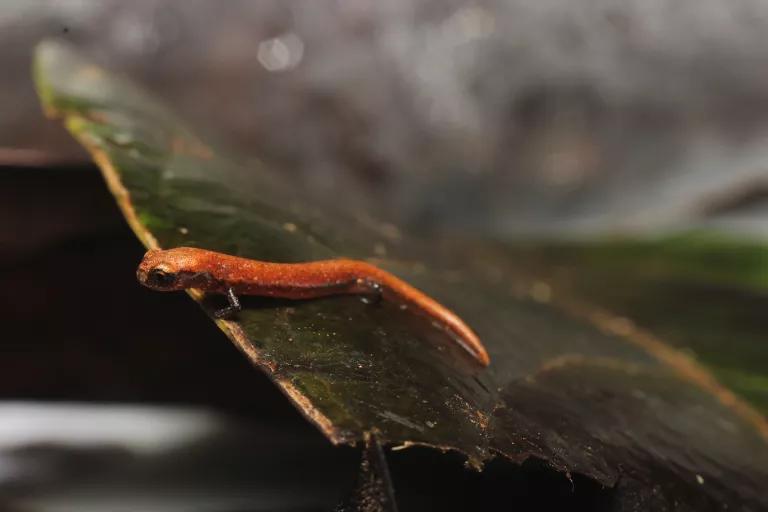
Monetizing the scientific process, she says, also runs the risk of making science “that much more untouchable to those who can’t afford such a luxury.” Naming rights usually go to the scientists who first document a species. Once, one had to spend decades rummaging through museum drawers or trudging through deserts for the honor. Now anyone with a trust fund can buy their way into the history books.
But it is the scientists who ultimately decide who names their discoveries, and for many, desperate times call for desperate measures. “I just wish it wasn’t necessary for scientists to do fundraisers and get creative like this to generate the funds that are necessary to conserve a species,” says Steen.
Same.
For his part, EnviroBuild’s Bell understands the headshaking over the pay-to-name model and his choice of Donald Trump as a tongue-in-cheek namesake. But he also says we need to keep things in perspective.
“The truth is, I think there’s something like 18,000 new species discovered every year,” says Bell. “Which means in any given year, there will be 17,990 species that no one knows anything about.”
Good point. After all, you know what a caecilian is now, don’t you?
This article was originally published on onEarth, which is no longer in publication. onEarth was founded in 1979 as the Amicus Journal, an independent magazine of thought and opinion on the environment. All opinions expressed are those of the authors and do not necessarily reflect the policies or positions of NRDC. This article is available for online republication by news media outlets or nonprofits under these conditions: The writer(s) must be credited with a byline; you must note prominently that the article was originally published by NRDC.org and link to the original; the article cannot be edited (beyond simple things such grammar); you can’t resell the article in any form or grant republishing rights to other outlets; you can’t republish our material wholesale or automatically—you need to select articles individually; you can’t republish the photos or graphics on our site without specific permission; you should drop us a note to let us know when you’ve used one of our articles.

One of Our Most Important Environmental Laws Just Turned 50—Cue Trump Attacking It
Why the EPA Needs Another William Ruckelshaus (1932–2019)
Bureau of Land Management to D.C. Employees: Go West or Get Lost